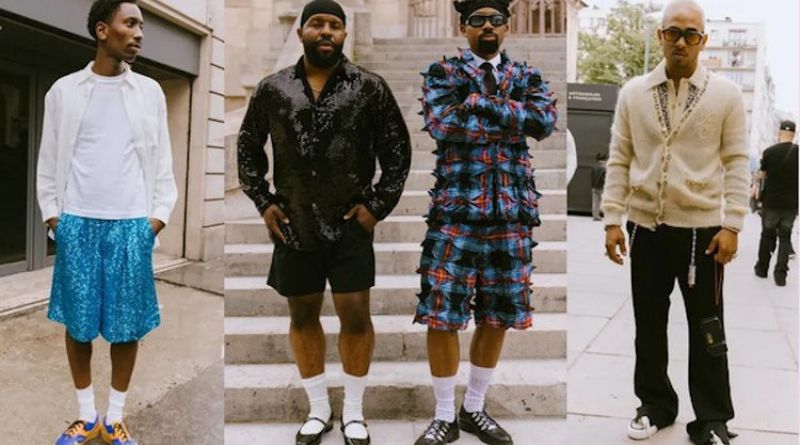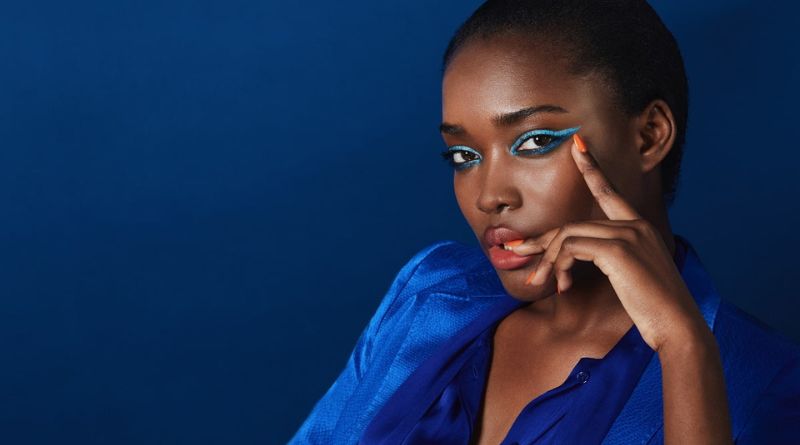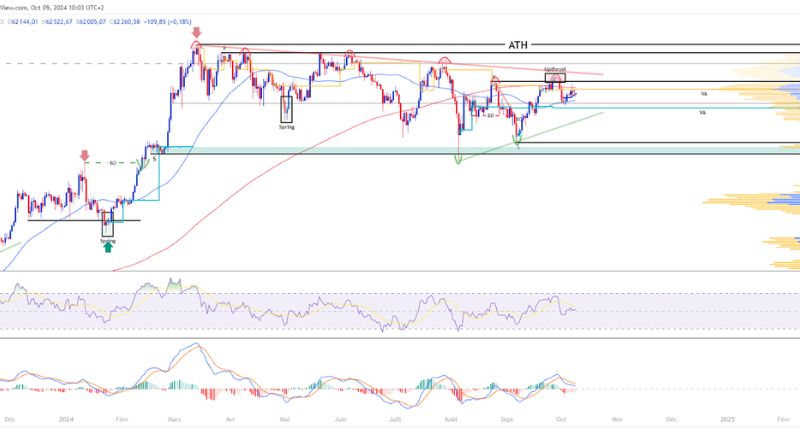In the ever-evolving world of design, innovation plays a crucial role in shaping new trends, systems, and aesthetics. One of the most exciting movements to emerge in recent years is Syn Design. This design philosophy combines cutting-edge technology, sustainability, and artistic creativity to offer fresh, functional, and eco-friendly solutions for both personal and professional spaces. Whether in architecture, interior design, graphic design, or fashion, Syn Design is reshaping how we approach design challenges.
Table of Contents
In this article, we will explore the core concepts behind Syn Design, its applications across various industries, and how it is influencing modern aesthetics. Additionally, we will answer some frequently asked questions to help you understand the significance and potential of Syn Design in the future.
What is Syn Design?
At its core, Syn Design refers to a holistic approach to design that emphasizes synergy between form, function, and the environment. It’s a fusion of synthetic design principles with sustainable practices, creating a harmonious balance between human needs, technological advances, and ecological responsibility.
The term “syn” comes from the idea of synthesis — bringing together different elements of design to form something greater than the sum of its parts. This philosophy encourages designers to break traditional boundaries and incorporate interdisciplinary methods to solve problems in novel ways.
Key Features of Syn Design:
- Interdisciplinary Integration: Syn Design borrows concepts and techniques from various design disciplines, including architecture, graphic design, fashion, technology, and even social sciences. The approach encourages collaboration between different fields to produce more innovative and holistic solutions.
- Sustainability and Eco-consciousness: A strong focus on environmental responsibility defines Syn Design. It prioritizes the use of sustainable materials, energy-efficient designs, and processes that minimize waste. The aim is to create designs that are not only aesthetically appealing but also environmentally friendly.
- Technology-driven Design: With rapid advancements in technology, Syn Design makes use of state-of-the-art tools like 3D printing, artificial intelligence, and virtual reality (VR) to push the boundaries of creativity. These technologies allow designers to experiment with new forms, materials, and functions, creating innovative solutions that were once impossible.
- User-Centered Design: The user is always at the center of Syn Design. The approach focuses on creating designs that improve the experience, comfort, and usability for the people who will interact with them. This emphasis on user experience is particularly prevalent in the fields of interior design, product design, and urban planning.
Applications of Syn Design
The principles of Syn Design are not confined to one specific industry. It has found applications in various fields, transforming how we perceive and interact with the built environment, products, and visual communication.
1. Architecture and Urban Design
In architecture, Syn Design has led to the creation of sustainable buildings and urban spaces that integrate technology, nature, and human needs. Architects are now able to create energy-efficient structures by using advanced materials like self-healing concrete, solar panels, and green roofs, all of which contribute to sustainability.
Smart cities, a growing trend in urban planning, are a direct result of Syn Design principles. These cities utilize connected devices and data analytics to optimize energy usage, traffic flow, waste management, and public safety. By integrating technology with environmental design, urban spaces become more livable and sustainable.
2. Interior Design
In interior design, Syn Design emphasizes creating spaces that not only look good but also enhance the well-being of the people who occupy them. This means using natural materials, maximizing natural light, and incorporating biophilic design elements (such as plants and natural textures). The goal is to create interiors that feel harmonious and calming.
Additionally, the use of smart home technology is a major aspect of Syn Design in interior spaces. Automation systems for lighting, heating, and security contribute to a more efficient, comfortable, and sustainable living environment.
3. Graphic Design and Branding
In graphic design, Syn Design manifests in the blending of aesthetics with functionality. Designers today utilize digital tools and software that allow for the creation of bold, innovative designs that speak to modern consumers. Whether it’s a brand identity, website layout, or advertising materials, Syn Design ensures that every element serves a purpose while maintaining visual appeal.
In branding, Syn Design is used to create cohesive and innovative brand identities that resonate with customers on a deeper level. By combining typography, color theory, and interactive design elements, brands are able to establish a connection with their audience and stand out in a crowded marketplace.
4. Fashion Design
Fashion design has also been impacted by Syn Design principles. The concept of sustainable fashion—creating clothing using eco-friendly materials, ethical labor practices, and reducing waste—is central to Syn Design in fashion. Designers are increasingly using technology like digital fabric printing and 3D body scanning to create garments that are both sustainable and customized for individual customers.
Additionally, fashion designers are incorporating interactive technology into their creations, such as clothes that change color or adapt to environmental conditions. These innovations are pushing the boundaries of what fashion can be.
5. Product Design
In product design, Syn Design focuses on creating functional, aesthetically pleasing, and sustainable products. The emphasis is on designing products that serve the user’s needs while minimizing environmental impact. This includes using recyclable materials, creating multi-functional designs, and incorporating user-friendly technologies.
An example is the growing popularity of eco-friendly consumer electronics—devices that are energy-efficient, made with recyclable materials, and designed for easy disassembly. Another example is furniture that adapts to the changing needs of the user, like modular furniture that can be easily reconfigured.
Benefits of Syn Design
The advantages of Syn Design are numerous, making it an appealing choice for designers, consumers, and businesses alike. Here are some of the key benefits:
1. Sustainability: One of the main advantages of Syn Design is its commitment to sustainability. By using eco-friendly materials and energy-efficient designs, this approach helps reduce waste and conserve resources, contributing to a more sustainable future.
2. Innovation: Syn Design encourages out-of-the-box thinking and the incorporation of new technologies. This leads to innovative designs that push the boundaries of what is possible, whether it’s in terms of functionality, aesthetics, or user experience.
3. Enhanced User Experience: By prioritizing user-centered design, Syn Design creates products, spaces, and environments that are both functional and enjoyable to use. This improves the overall experience and satisfaction of the user.
4. Efficiency: The focus on integrating technology into design allows for greater efficiency, whether it’s in terms of energy use, production methods, or space optimization. Smart devices and automation systems, for example, can save time and reduce energy consumption.
FAQs about Syn Design
1. What exactly is Syn Design?
Syn Design is a design philosophy that combines interdisciplinary collaboration, sustainability, and advanced technology to create holistic and functional design solutions. It focuses on synergy between various design elements to achieve a balance between aesthetics, functionality, and environmental responsibility.
2. How does Syn Design differ from traditional design methods?
Traditional design methods often focus on one aspect of design, whether it’s form, function, or material. Syn Design, however, integrates various disciplines (such as architecture, graphic design, and fashion) and considers the entire lifecycle of the design, from material selection to its impact on the environment.
3. In what industries is Syn Design being used?
Syn Design can be applied to a wide range of industries, including architecture, interior design, graphic design, fashion design, and product development. The approach is flexible and adaptable to different fields, creating innovative solutions in each.
4. What are some examples of Syn Design in action?
Examples include smart homes with energy-efficient systems, eco-friendly fashion collections, sustainable architecture projects, and innovative product designs made from recycled materials. Brands like Tesla and companies in the tech industry are also incorporating Syn Design principles into their products and services.
5. Is Syn Design the future of design?
Yes, Syn Design is likely to play an increasingly important role in the future of design. As sustainability becomes a more pressing concern and technology continues to evolve, designers will need to adopt more holistic and interdisciplinary approaches to create functional, environmentally friendly, and innovative solutions.
Conclusion
Syn Design represents the future of design, where technology, sustainability, and user-centered thinking come together to create innovative, functional, and eco-conscious solutions. By embracing this holistic approach, designers can tackle the complex challenges of today’s world and create products, spaces, and experiences that will shape the future of our built environment. Whether in architecture, fashion, or product design, Syn Design is making a lasting impact on how we live, work, and interact with the world around us.












Leave a Reply